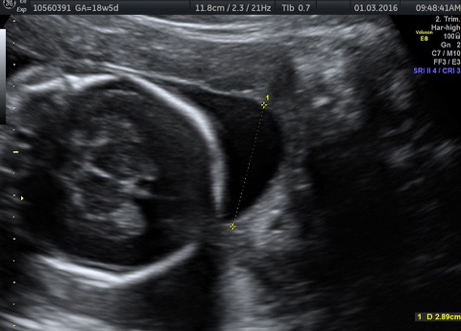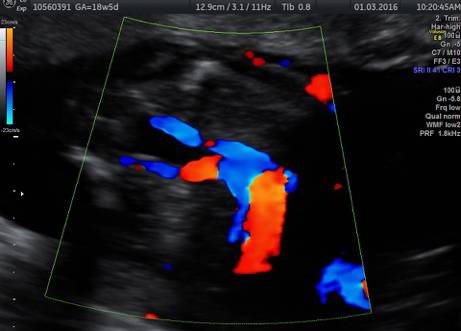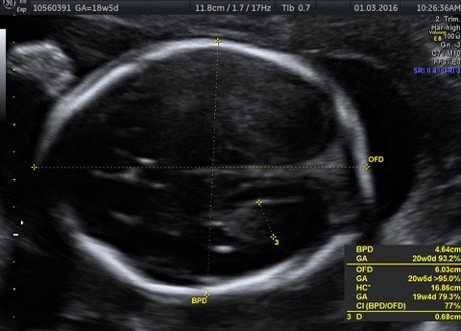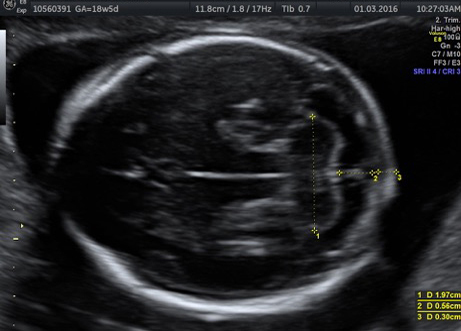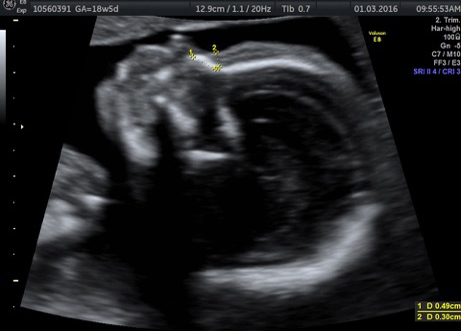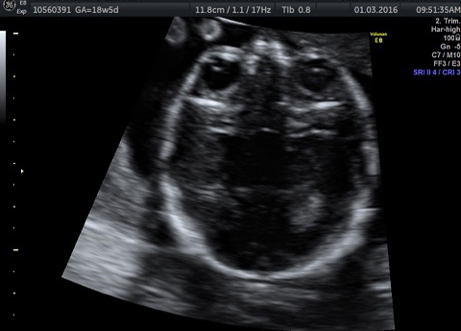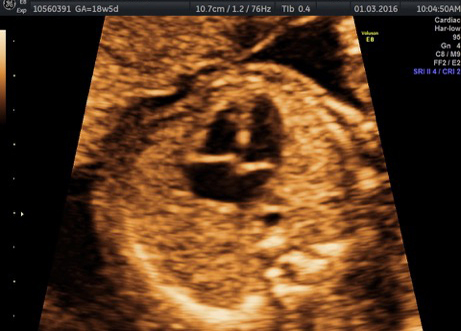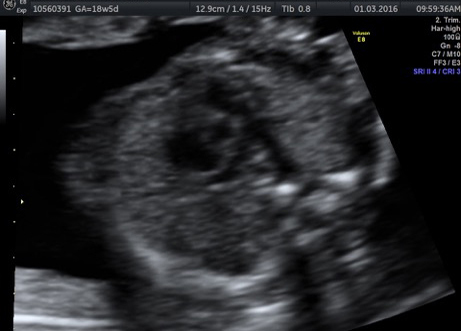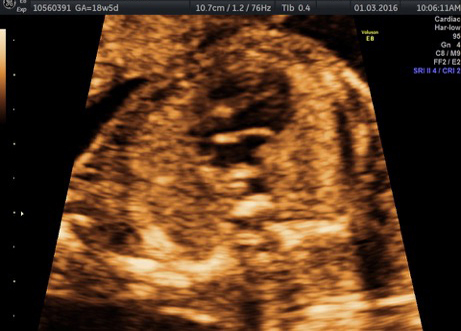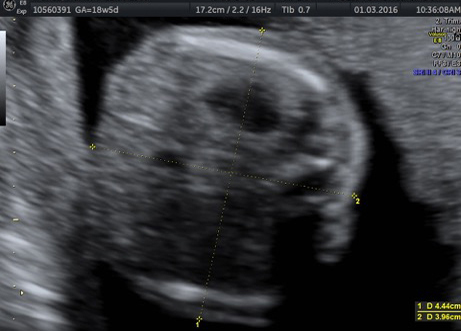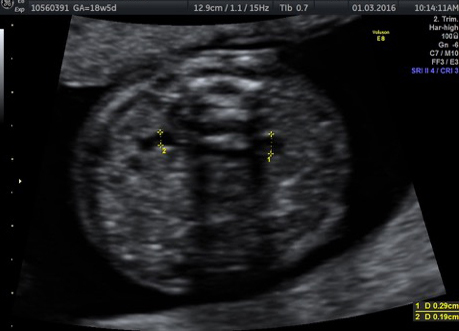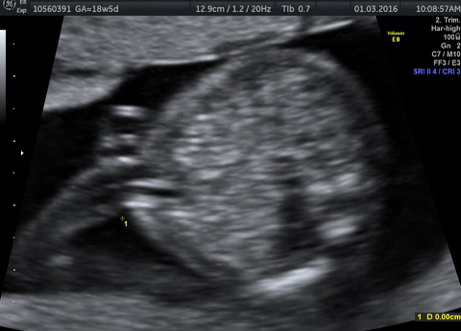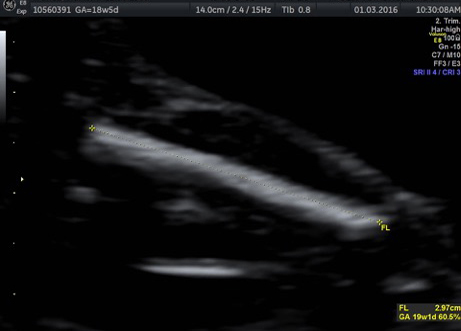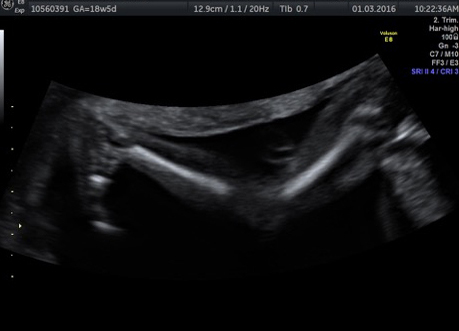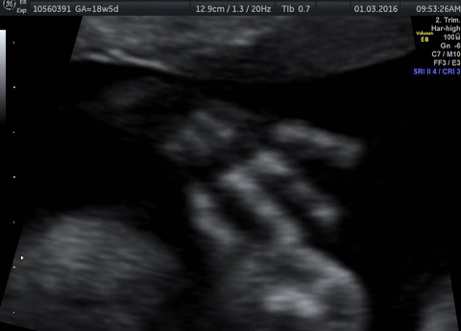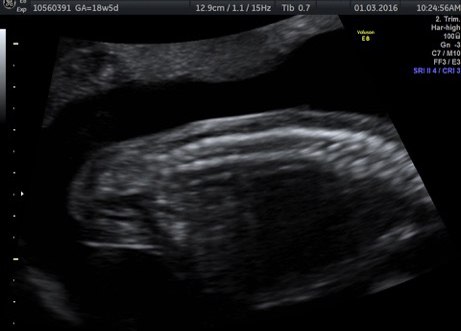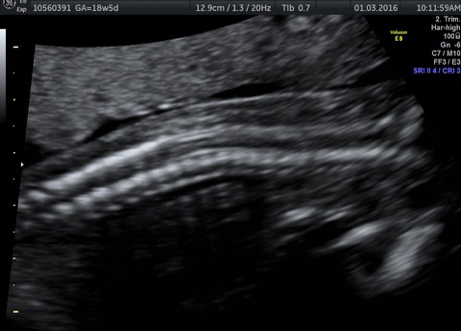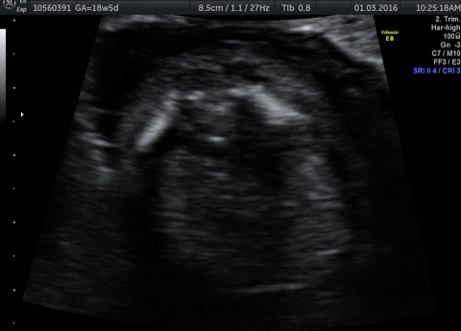In case of higher order multiple pregnancy, it is advisable to reduce the number of fetuses to two in order to minimize risks of multiple pregnancy both to the mother as well to the fetuses.
When a high order multiple pregnancy (three or more fetuses present in the womb at the same time) is ‘selectively reduced’ to twin or singleton pregnancy by injecting a drug, the procedure is called ‘selective embryo reduction’. It is an procedure whereby one or more fetuses are aborted so as to improve the outcome of the remaining fetuses.
As the number of fetuses increases, the risks of preterm (early) delivery also increase: the average length of pregnancy for a singleton is 40 weeks whereas for twins it is 36 weeks. This reduces dramatically to 32 to 33 weeks for triplets and 28 to 29 weeks for quadruplets.
The incidence of multiple pregnancy is increasing worldwide especially due to increase in the availability and uptake of artificial reproductive techniques. It may seem paradoxical in an In Vitro Fertilization (IVF) pregnancy that embryo reduction is advised after so much effort to get pregnant in the first place. However the aim of an IVF is not to just achieve a pregnancy but to give the mother a healthy baby at the end of pregnancy. This holds true for spontaneously conceived higher order multiple pregnancies as well.
The benefits of embryo reduction far outweigh the risks associated with the procedure. Embryo reduction substantially increases the duration of pregnancy, reduces the incidence of premature delivery which in turn has the benefit of increasing the baby’s birth weight and reducing neonatal mortality along with shortening the neonatal intensive care stay.
Most studies suggest an improved perinatal outcome for triplet pregnancies reduced to twins compared with non-reduced triplet pregnancies. Embryo reduction is associated with a lower incidence of premature delivery (54% versus 87% to 92%), higher birth weight (average increase of 380 to 450 g/fetus), shorter stay in neonatal intensive care (21 versus 8 days), and a lower rate of perinatal mortality (33 per 1,000 deliveries versus 51-93 per 1,000 births). The benefits are even more pronounced with quadruplets and other higher order multiple pregnancies.
It is usually done between 11 to 13 weeks of pregnancy; at our centre we prefer to do it at around 12 weeks when we can do the first trimester screening and also rule out any structural abnormality in the babies. In addition, about 8 to 20% multiple pregnancies may reduce by themselves by the end of first trimester. The ‘vanishing’ twin does not have any adverse effect on the surviving fetus.
Embryo reduction is done by passing a needle through the mother’s tummy under local anaesthesia and injecting a medicine into the fetus to be reduced. It is done under continuous ultrasound guidance.
After fetal reduction, there is a 7 % chance that the woman will lose the entire pregnancy prior to 20 weeks’ gestation. The original number of fetuses, the route of the needle as well as the number terminated may influence the likelihood and the rate of pregnancy loss.
You will be asked to rest and the baby’s heart beat will be checked after half an hour of the procedure. You may have slight bruising at the site of needle entry. You may also have some spotting or mild cramping for a couple of hours for which you may take oral paracetamol. There is no restriction to your daily activities though the doctor may advice you to stay home for 3 days to minimize chances of infection.
If you have fever, vaginal bleeding or leaking or contractions, you must report to the hospital.




